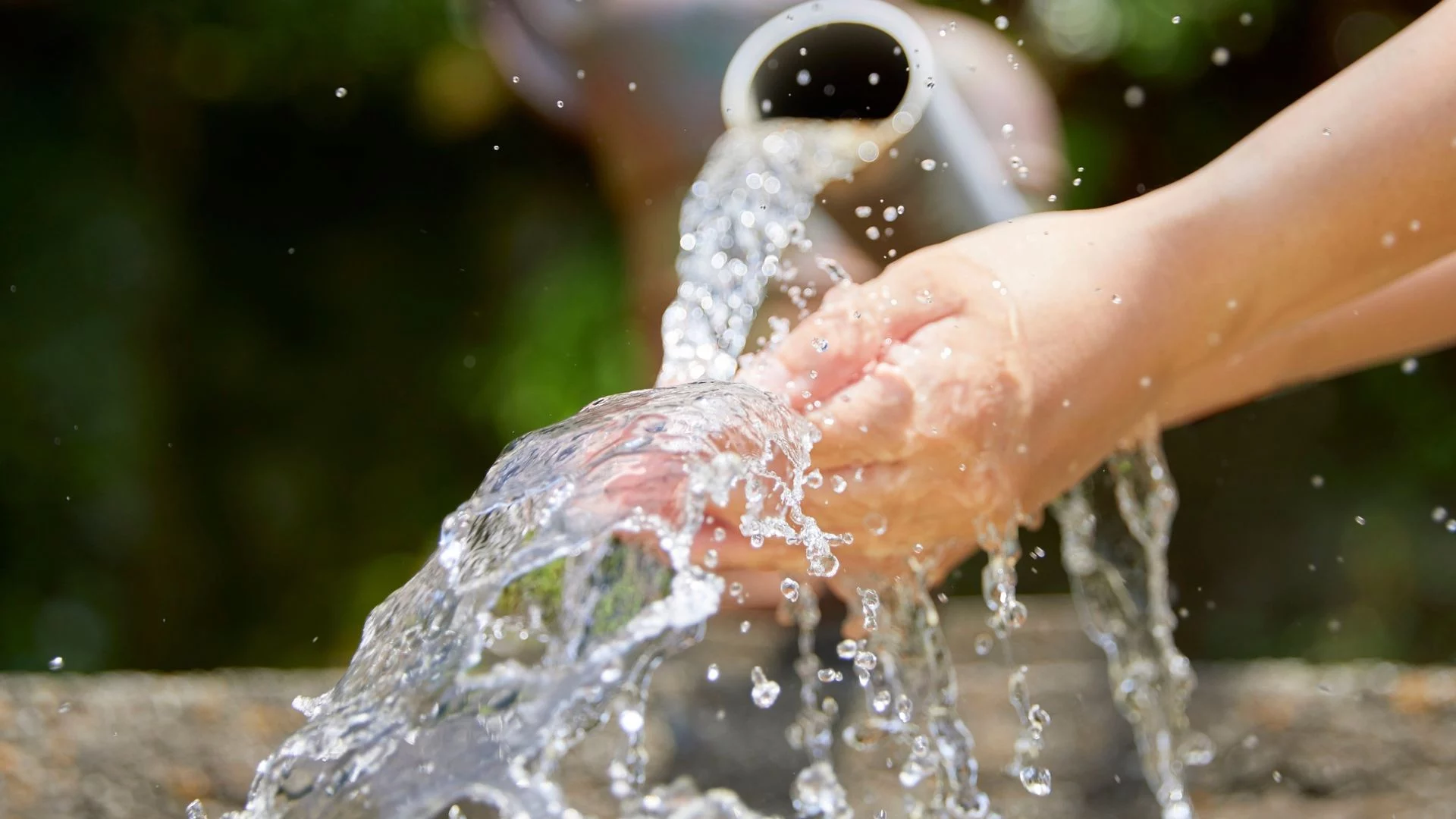“Are slow drains and weak showers quietly ruining your home?”
“Hard water doesn’t just stain— it shrinks pipes from the inside.”
In Mississauga, most neighbourhoods face moderate hardness, often around 6–8 gpg (about 100–140 ppm), which speeds mineral scale and drain clogs.
So you must read this article to get clear, simple guidance, practical fixes, and proven strategies to repair drains in your home and lower costs today.
Why Mississauga Residents Face Hard Water Problem care
Mississauga faces persistent scale from dissolved calcium and magnesium that coat pipes, clog fixtures, and overwork heaters, driving up repair costs and shortening system life.
Local reports classify South Peel water as moderately hard, so homes experience chronic limescale buildup and reliability risks across seasons.
Signs to watch:
- Weak showers and slow taps indicate reduced water pressure.
- Kettles with crusty residue and spotted glassware from calcium deposits.
The science behind hard water
Groundwater moves through limestone and dolomite and picks up calcium and magnesium ions that later crystallize as limescale on hot or rough surfaces.
Heat accelerates crystallization, so heaters, dishwashers, and bends in drains become prime sites for scale growth and sediment accumulation.
Quick facts:
- Hardness rises with contact time and geology exposure.
- Heat, turbulence, and rough pipe interiors speed scale formation.
How minerals destroy drains
Mineral scale narrows pipe diameter and roughens walls, trapping grit and soap curds that bind into dense plugs.
Flow slows, turbulence increases, and deposits stack layer by layer until clogs form in elbows, traps, and branch lines, causing frequent backups and drain blockages.
What happens next:
- Odours and gurgling as air and wastewater fight through constrictions.
- Recurring snaking without upstream mineral control solves problems briefly.
Calcium deposits and pipe narrowing
Calcium carbonate forms hard crystals that clamp onto micro‑pits inside copper, steel, and even PVC, turning smooth runs into bottlenecks.
Each layer raises friction losses, so fixtures need more time to drain, and homeowners see higher bills from pipe narrowing and repeated service.
High‑risk zones:
- Under‑sink bends, heater outlets, and dishwasher lines.
- Any spot with sudden temperature or pressure changes.
Reduced water pressure symptoms
Scale in supply lines throttles showerheads and aerators, causing pulsing streams, temperature swings, and longer appliance cycles.
Pressure imbalances then strain valves and joints, creating pinhole leaks and early fixture failures, especially in older homes with legacy galvanized pipes.
Quick checklist:
- Showers weaken after heater cycles.
- Aerators clog with white grit and need cleaning often.
Sediment accumulation dynamics
Hard water carries metal fines, silt, and soap curds that stick to limescale and build composite plugs.
This matrix traps hair and food scraps, so sinks and tubs slow down again soon after clearing unless mineral control is added upstream via treatment.
Practical moves:
- Use mesh strainers in kitchens and showers.
- Flush traps on a schedule to prevent re‑plugging.
Appliance damage and energy waste
Scale blankets heater elements and tank bottoms like a winter coat, forcing longer run times and higher hydro use.
Dishwashers and washers lose spray power, leave films on dishes and fabrics, and break down sooner, all tied to stubborn calcium deposits.
| Appliance | Impact of Scale | Cost Signal | Care Tip |
| Water heater | Lower efficiency, noise | Rising energy bills | Annual tank flush |
| Dishwasher | Clogged arms, film | Repeat cycles | Monthly descaling |
| Washer | Poor rinse, clogs | Stiff laundry | Hot‑cycle cleaner |
Corrosion and fixture wear
Mineral‑laden water accelerates coating breakdown and galvanic reactions, showing up as pitting, stains, and drips.
Grit chews through washers and cartridges, so leaks spread, and valves seize, making fixture replacement more common than simple repair.
Visible clues:
- Green or white crust at joints and faucet bases.
- Rust‑tinged water at start‑up from corroded internals.
Proven prevention for Mississauga
A whole‑home ion‑exchange softener strips calcium and magnesium, halting new limescale buildup and stabilizing pressure.
Pair it with regular descaling, aerator cleaning, and heater flushing to purge sediment and protect drains, fixtures, and hot‑water systems.
Maintenance rhythm:
- Use aerators monthly, traps semiannually, heaters yearly.
- Showerheads must be soaked in vinegar each quarter.
Local context and testing
Municipal water is safe yet moderately hard, so confirm in‑home levels with a test kit to size treatment accurately. Hardness varies by neighbourhood and season, so tailored solutions outperform one‑size setups for enduring hard water control.
Testing tips:
- Measure grains per gallon or mg/L (ppm) at two taps.
- Re‑test after major plumbing changes.
Smart maintenance cadence
Set a calendar for quick actions that curb buildup before it hardens. Clean aerators and showerheads quarterly, clear P‑traps each half‑year, and flush heaters annually to keep sediment accumulation in check and water pressure steady.
Track these metrics:
- Shower fill take time for a 10‑L bucket.
- Heater noise and cycle length after service.
Cost, ROI, and longevity
Softened systems reduce heater energy waste, extend appliance life, and cut emergency calls, paying back in lower utilities and fewer replacements. Over several years, the savings outpace routine drain clearing because the root cause—calcium deposits—is controlled.
Typical wins:
- Faster hot water, quieter heaters, cleaner glassware.
- Fewer leaks and longer fixture life.
Myths Mississauga can skip
Smart homeowners ignore noise and act on facts. Here are the big myths, trimmed to size. Soft water won’t wreck taste or waste salt when systems are tuned. It will protect drains, fixtures, and heaters. Prefer a simple upgrade? Use a point‑of‑use filter for crisp flavour at the sink.
- Myth 1: Soft water feels “slimy.”
- Truth: That’s clean skin with no residue; soaps rinse faster.
- Myth 2: Softeners add lots of salt.
- Reality: Modern units use little; sodium added is minimal.
- Myth 3: City water doesn’t need softening.
- Truth: Moderate hardness still scales drains and heaters.
- Myth 4: Filtration replaces softening.
- Reality: Filters improve taste; softeners stop mineral buildup.
When to call in experts
Hard water doesn’t wait. It creeps, coats, and costs. Today you’ve seen how minerals narrow pipes, slow drains, strain heaters, and hike bills. You also know what works: testing, softening, scheduled descaling, and simple monthly checks.
Ready to stop repeat clogs and weak showers? Choose prevention over pricey repairs.
Call Canadian Rooter for a fast assessment, clear next steps, and reliable fixes that last.
Want cleaner fixtures, steady pressure, and lower energy use this season?
Let’s make it happen. Book your hard‑water inspection now, or ask a quick question—what symptom is bugging you most today?















